Vera Lampert and Viola Biró, former and current staff members of the Budapest Bartók Archives, ELTE RCH Institute for Musicology, presented in Boston the recently released Volume 10 of the Béla Bartók Complete Critical Edition, edited by Lampert and Biró, containing Bartók’s folk song arrangements for voice and piano (published by Henle Verlag, Munich, and Editio Musica Budapest Zeneműkiadó). The two lectures held on October 20 at Boston University and October 21 at Harvard University were initiated by Ketty Nez, professor of composition at Boston University, who also played a key role in the events as a pianist: together with singer Ann Moss, she performed several Bartók pieces from the volume, both as musical illustrations during the talk and as part of a short concert closing the event. The presentations were organized by the Department of Musicology and Ethnomusicology at Boston University’s College of Fine Arts, with support by Boston University Center for the Humanities, and by the Milman Parry Collection, the Committee in Degrees in Folklore and Mythology, and the Department of Music at Harvard University, with the support of the Budapest Bartók Archives.
The lecture (“Bartók’s Folk Song Arrangements in Critical Edition”) provided a brief overview of the objectives and methods of the Bartók Complete Edition, as well as the overall structure of the series and the volumes published to date, and gave a more detailed presentation of the content of the folk song arrangements volume. Vera Lampert presented the main part of the score, covering the biographical background and editorial issues of the five major compositions published by Bartók and two further works prepared by him for publication, while Viola Biró spoke about the Appendix part of the volume, which contains numerous works and versions of pieces not published during the composer’s lifetime. The diversity of the volume was brought to life through the performance of arrangements based on Hungarian, Slovak, or Romanian folk songs, and written for various purposes (e.g., house music or concert performance); some of them were published for the first time in the volume. The concert closing the event featured a selection of outstanding works from the genre: the two excellent and devoted artists, Ann Moss (voice) and Ketty Nez (piano) performed three songs from Eight Hungarian Folk Songs (BB 47), the last three movements of Village Scenes (BB 87a), and three songs from Twenty Hungarian Folk Songs (BB 98). – The trip to Boston also offered an opportunity to visit the Milman Parry Collection at Harvard University, which houses the extensive collection of Serbo-Croatian folk songs recorded on discs by Milman Parry and Albert B. Lord in 1934–1935, that formed the basis of Bartók’s final major ethnomusicological work.
Viola Biró
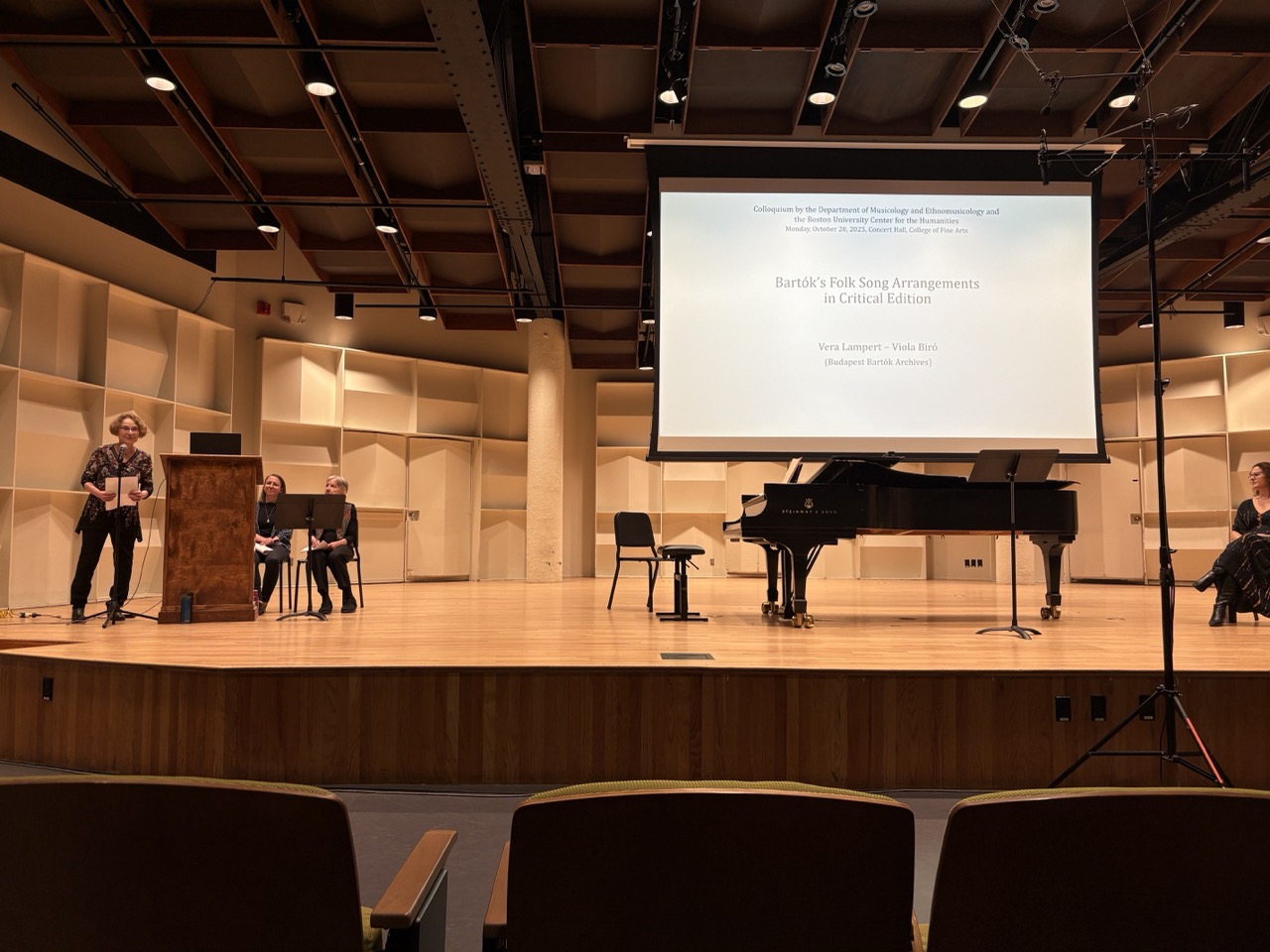 |
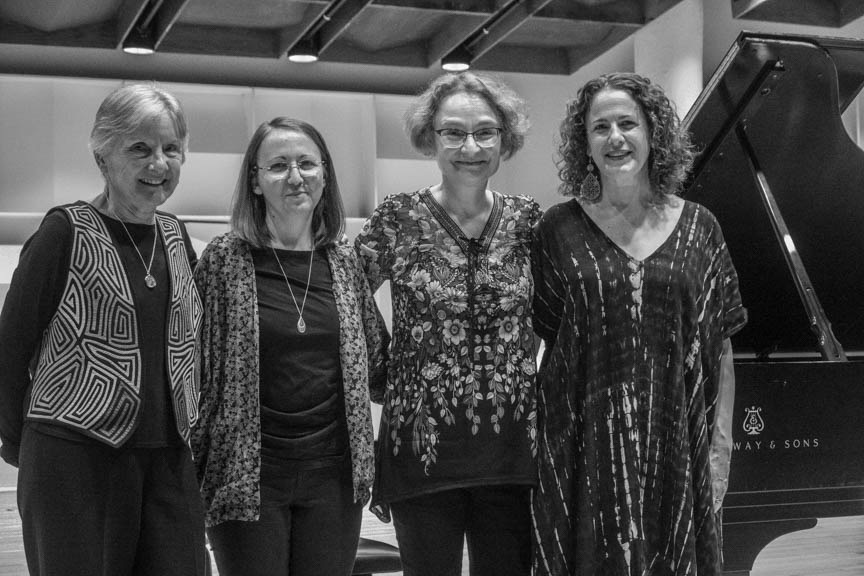 |
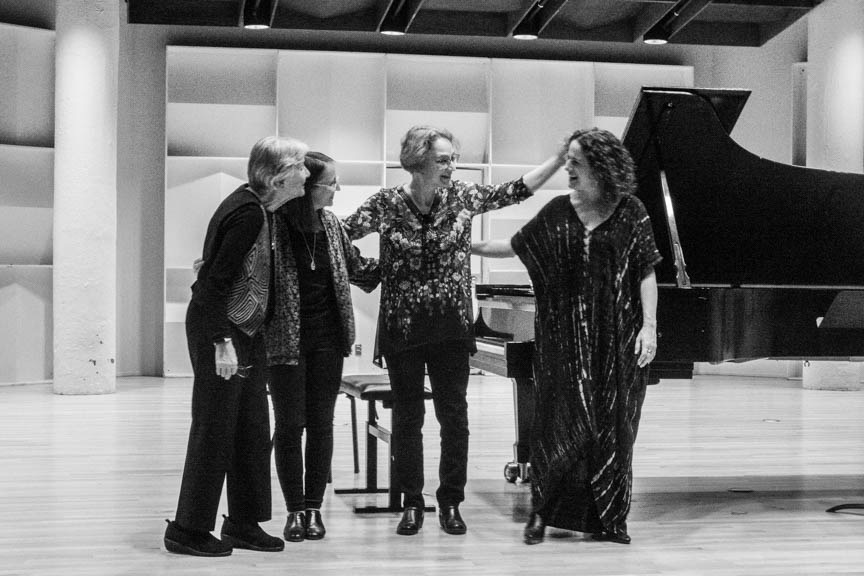 |
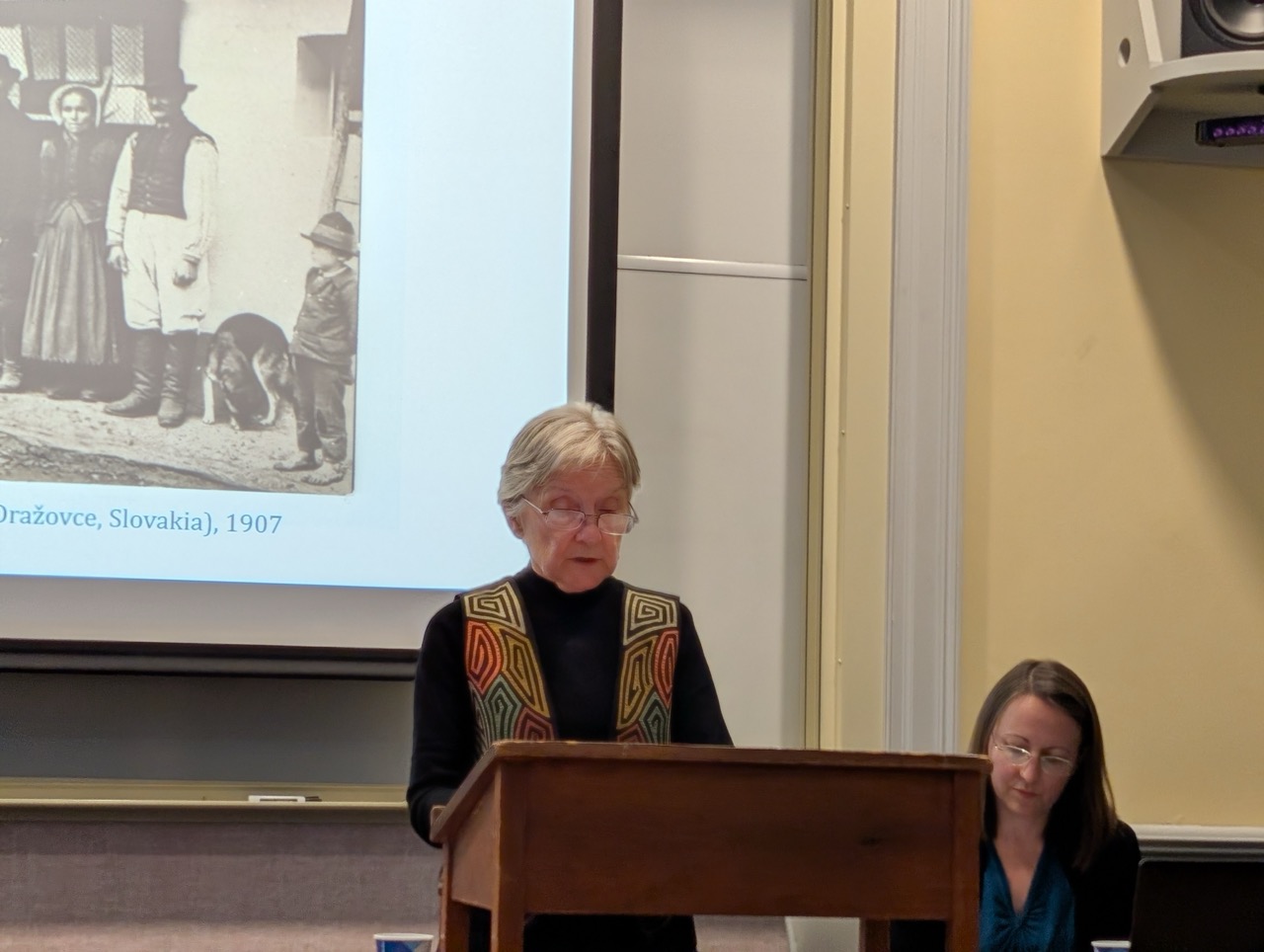 |
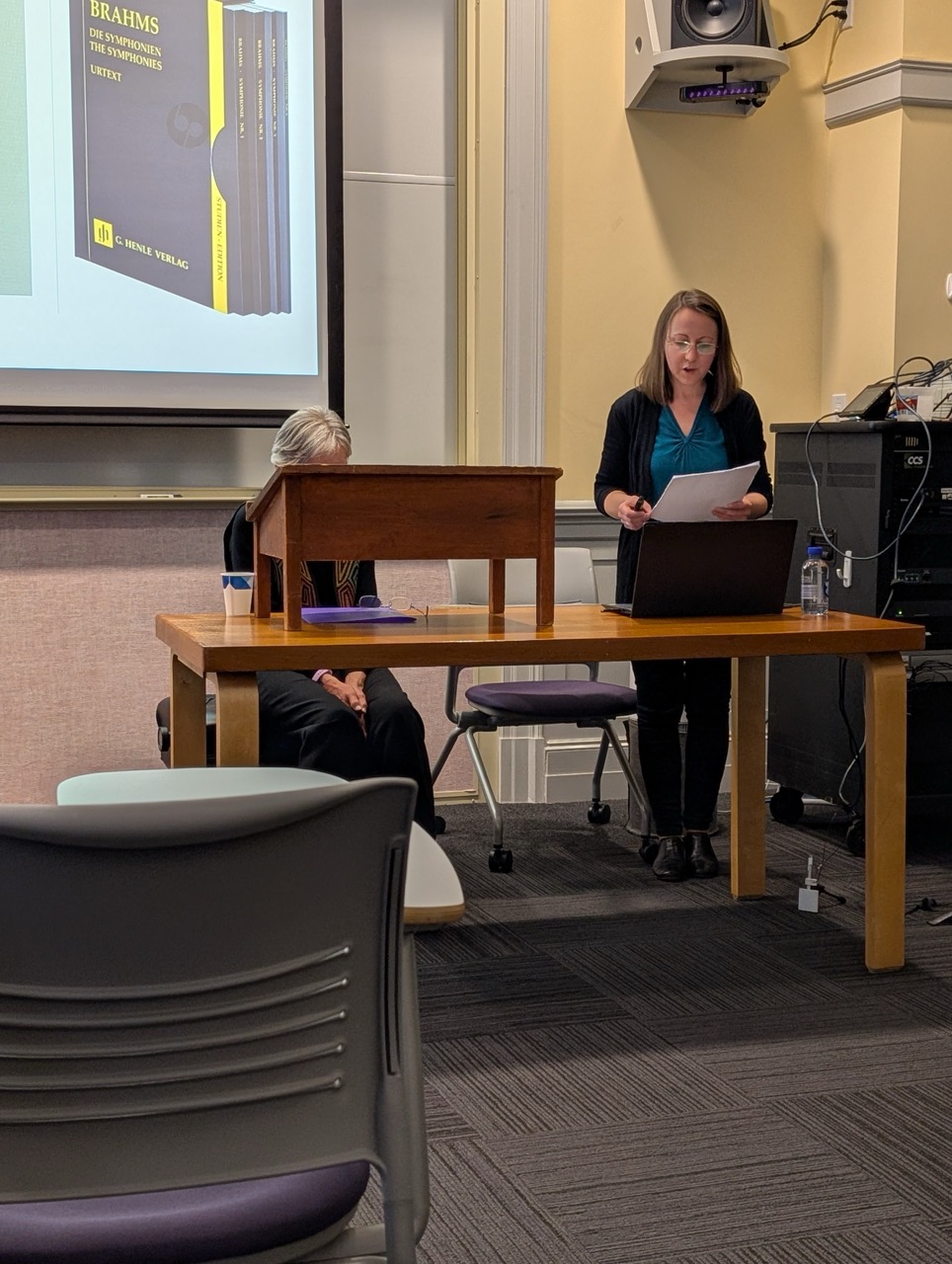 |
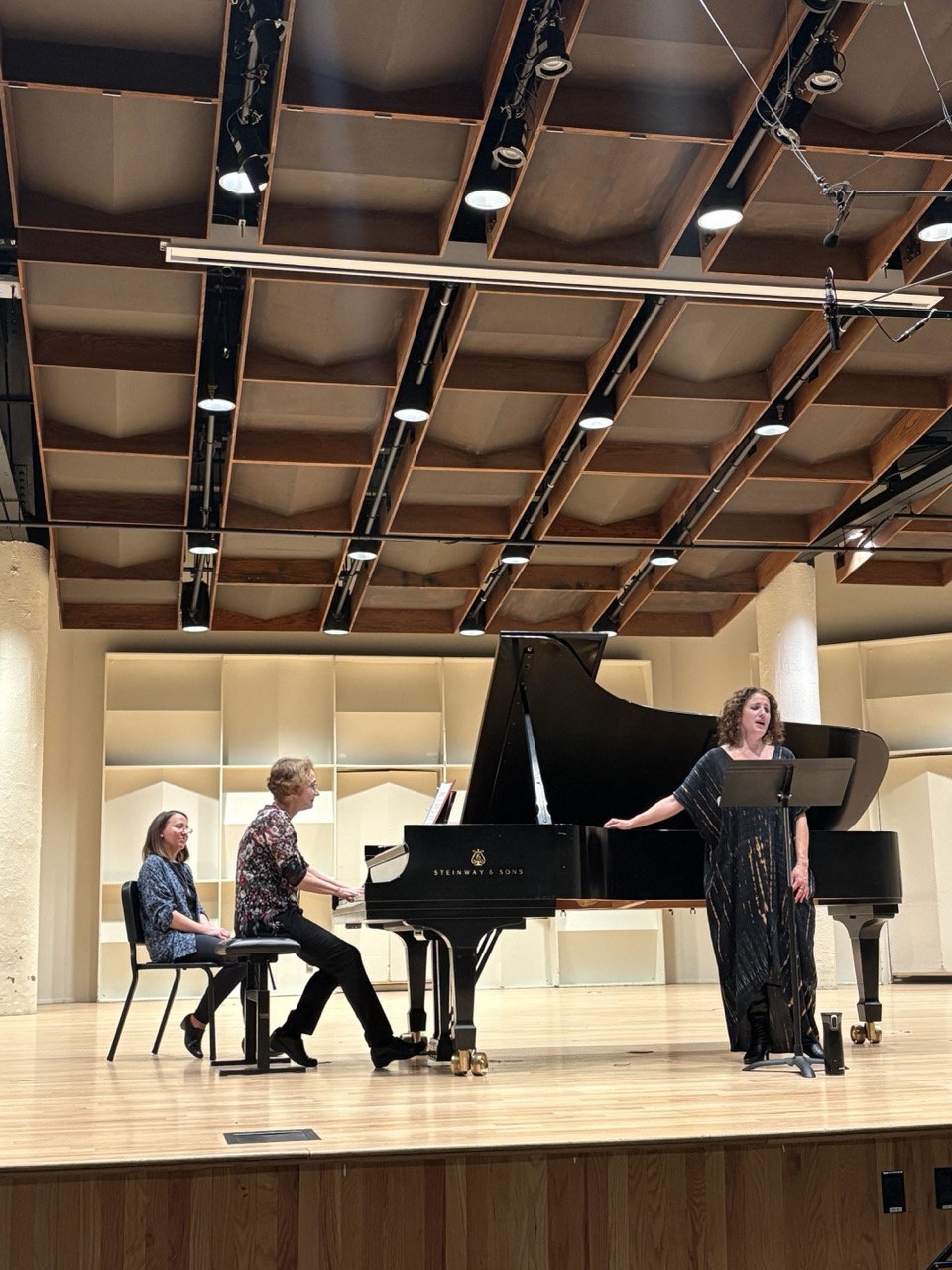 |
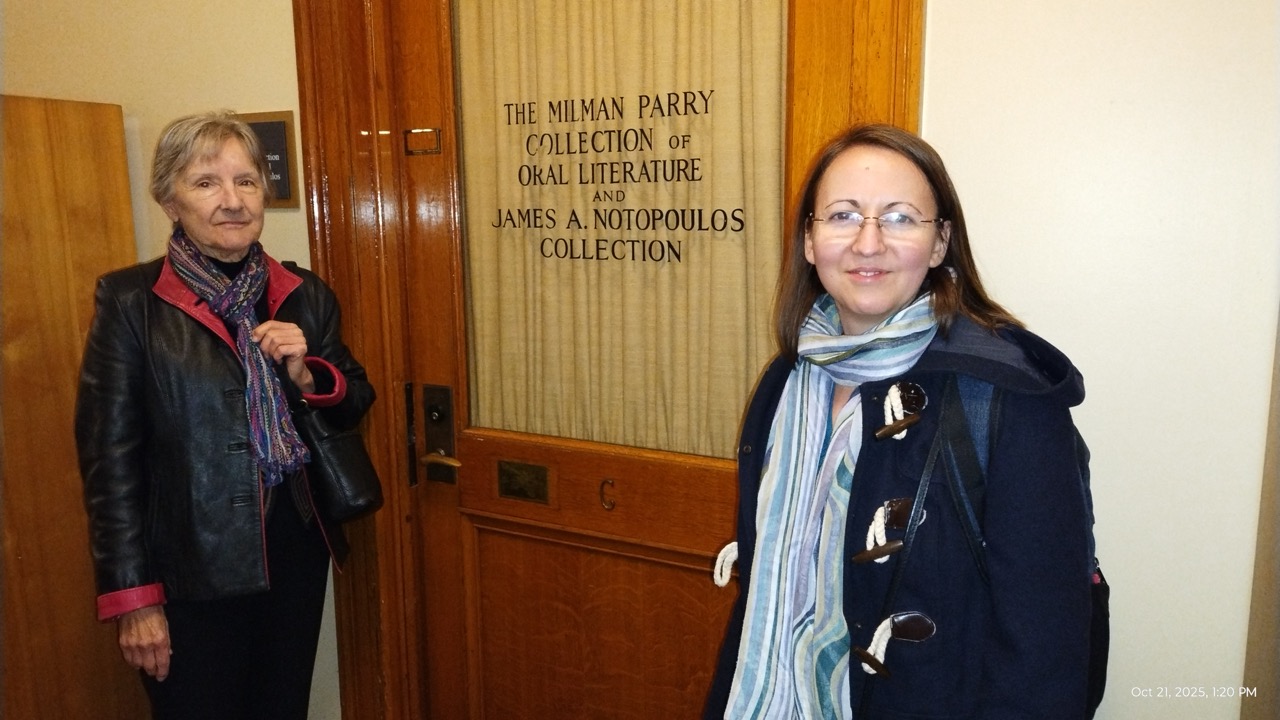 |
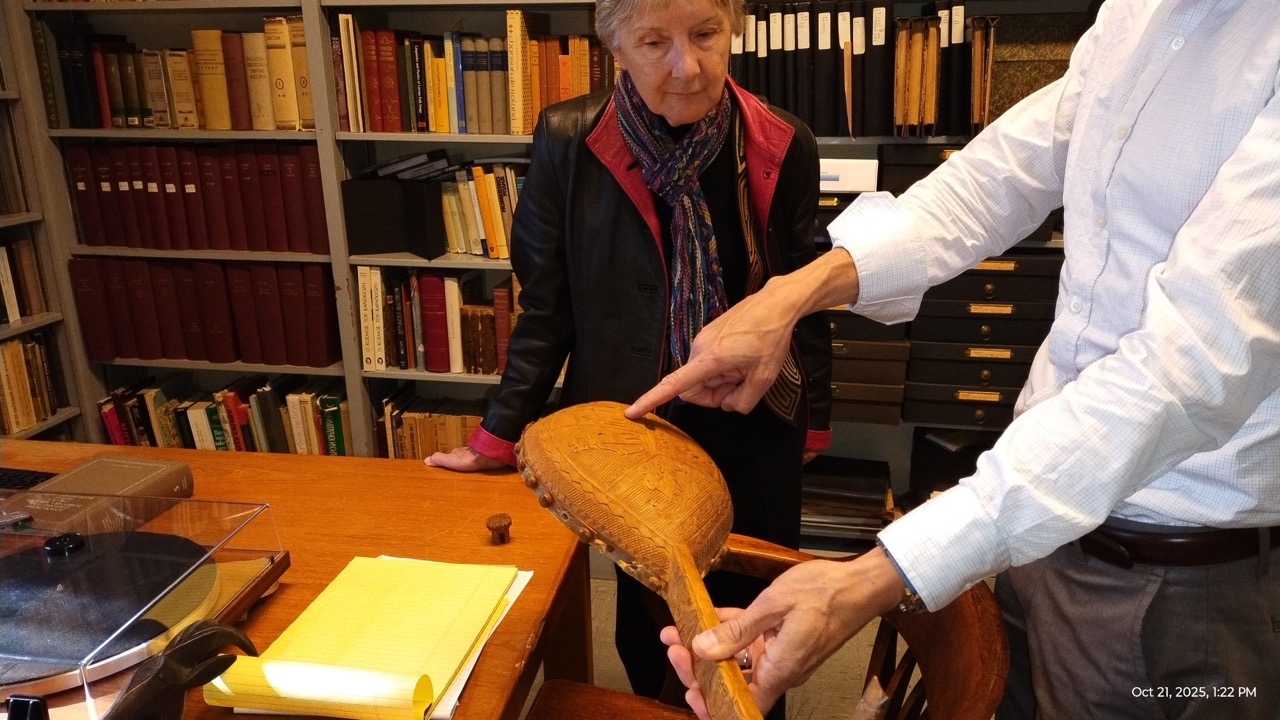 |
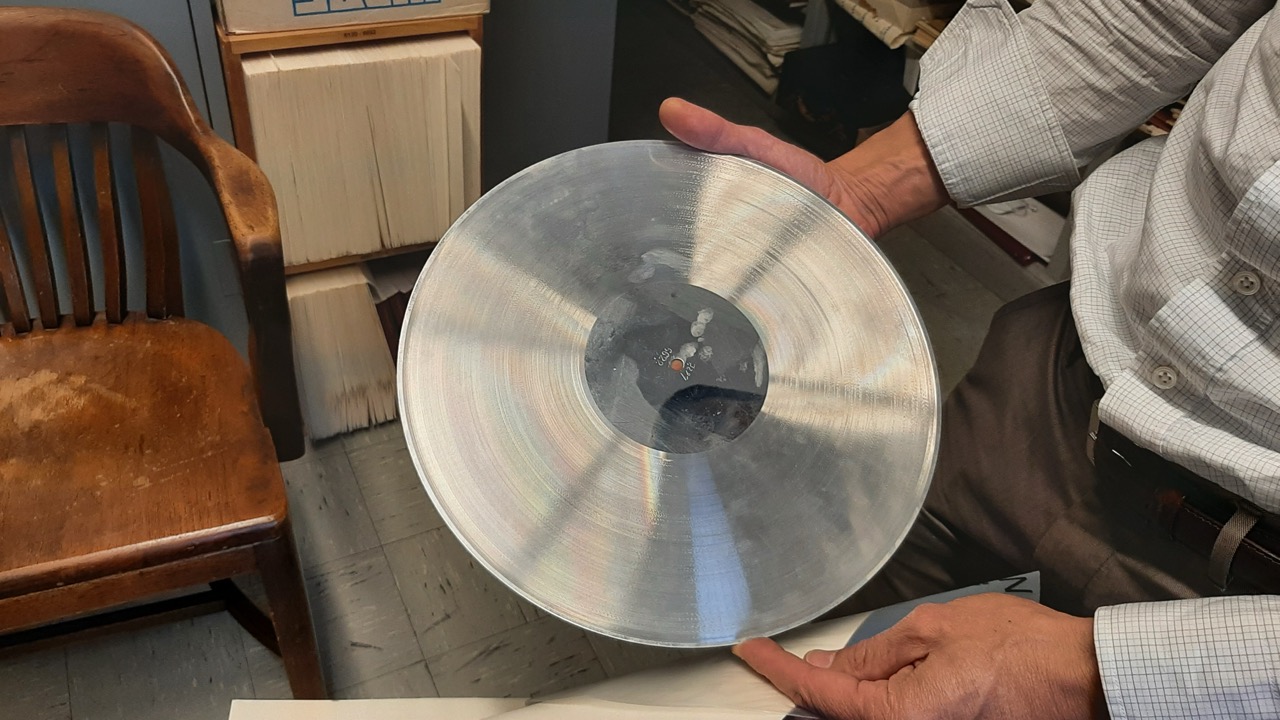 |









